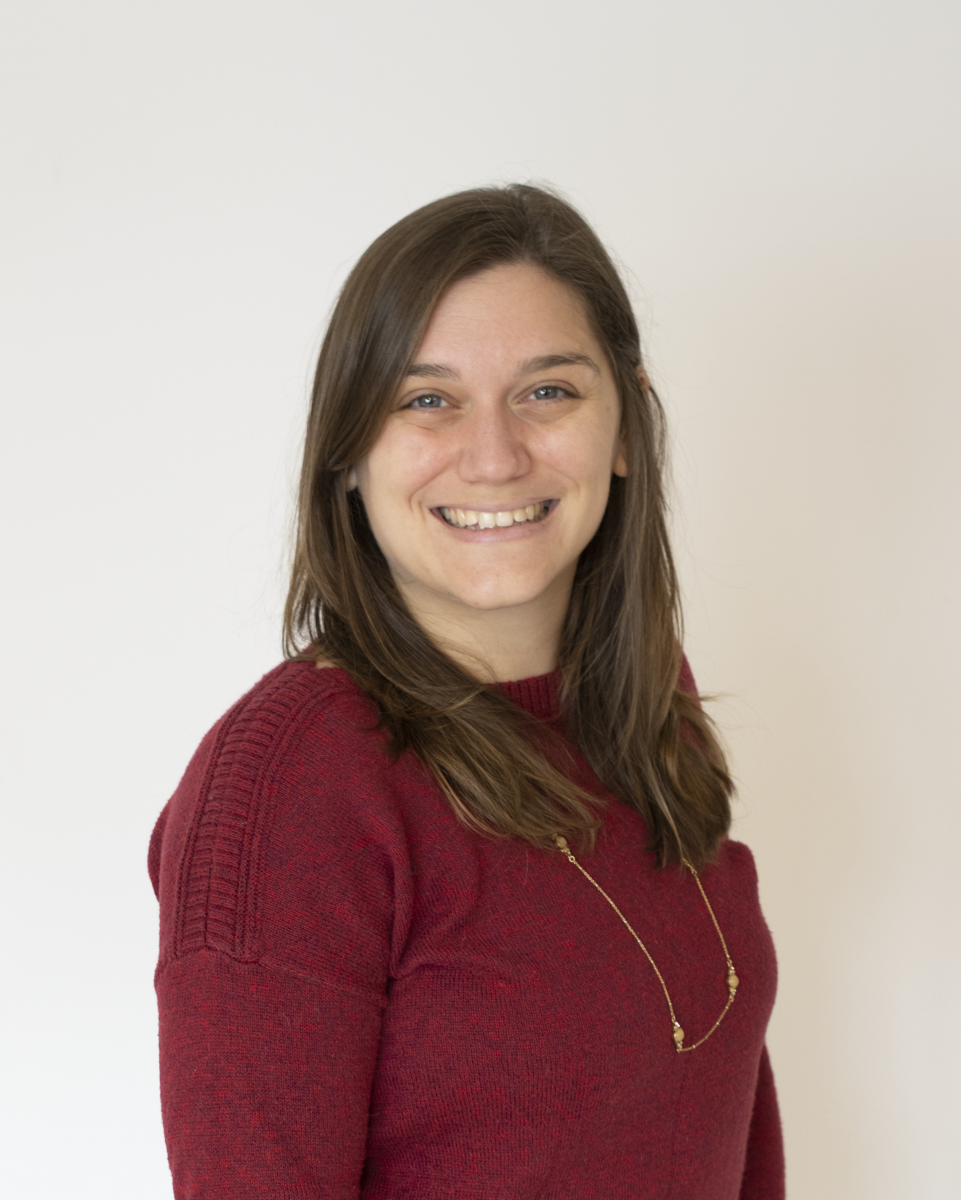Moving Beyond Hope
 March 14, 2023
Category: Feature, Featured, Form, Long, Purpose
March 14, 2023
Category: Feature, Featured, Form, Long, Purpose
Today’s youth have been through more than most. They’ve lived through a global pandemic, disruptions to the typical school year, little to no in person contact with friends and family, extreme exposure to the internet, racial protests, social unrest, and a looming recession.
In Philadelphia in particular, youth face even greater challenges such as gun violence, underfunded schools, and poverty. In surrounding counties, human rights are under attack; the Central Bucks School District in January banned “advocacy activities” for teachers, including displaying the Pride flag. Washington Township School District banned Toni Morrison’s “The Bluest Eye” in February after a parent complained the content was inappropriate. This is just part of a long list of things happening to young people in our community.
It’s understandable that it can be hard to find hope.
Often, young people’s voices aren’t included or considered, even when decisions are made about their safety, well-being, and education. For example, WHYY reported that at the school board hearing on the advocacy ban, all students who spoke were opposed to the policy. Nevertheless, the policy passed by a vote of 6-3
Despite often being ignored, there are some who pushing beyond hope and building opportunities for youth to advocate for themselves in their programming. Organizations such as Children First PA (formerly Public Citizens for Children and Youth) have made it their mission to provide research, tools, policy guidance, and events for youth working to improve the life of the region’s youth.
Their most recent report, Meeting the Demand for New Workers—Investing in Career Related Learning for High School Students was conducted in partnership between Children First, Keystone Research Center and PA Budget Policy Center, and PA Schools Work. The report discusses several solutions, and how those solutions would directly affect students, while also presenting data showing that students with greater exposure to CTE are more likely to graduate from high school, enroll in a two-year college, be employed, and earn higher wages. These types of solutions, which include youth voices, aren’t commonly reported.
What can we do to ensure that youth voices are at the center of decisions affecting youth?
In the Washington Township School District, it was a parent who requested a ban on Bluest Eye – more specifically, a parent who had not read the book in its entirety. Who read the book, you ask? Senior Holly Duym, who explained, “These topics need to be talked about. The book is so much more than the context of a few pages”
Of course, an individual student’s opinion should not determine the inclusion – or removal – of a book from a curriculum. But it is certainly should be a more important factor in the decision, along with feedback from classmates.
In launching YEAH Philly, founders Kendra Van de Water and James Aye surveyed 300 teens and young adults to develop their program offerings to ensure they were hearing from many of the young people they hoped to help. The key finding, highlighted in a recent Philadelphia Citizen article, “Young people feel like adults don’t care about them. That their support system is limited. That they’re not safe in this city. That there aren’t appealing or convenient activities to keep them busy.”
Three years later, YEAH Philly provides safe places for youth and young adults to stay and feel empowered, based on the needs of respondents and those with whom they continue to work.
But organizations like Children First and YEAH Philly cannot and shouldn’t do this work alone. With a citywide curfew, policies that often do more harm than good, and monthly shootings on or near school campuses, this problem is bigger than just one neighborhood or organization
According to the U.S. Census Bureau’s Quick Facts, in the Philadelphia region and its five counties, an estimated 21.5% of the population, or 902,016 people, are between the ages of 5 and 18. Nearly a quarter of the region’s population is made up of youth. Are our programs, services and funding targeted to this quarter of the population, or are resources being directed to organizations that serve adults? Should we invest more resources in youth now to ensure success for later, or should we continue to hope for more than we provide?
Our youth are growing up in a state where education funding is inequitable, safe places and after-school programs are lacking, and mental health is at record levels. It is not enough to just listen to them; we must work together as a community to support their needs and advocate with our legislators to ensure those needs are adequately met.
###
TELL US:
How are you including youth voices in your work?
Who is working with youth and empowering their leadership and voice to make change?
In what ways should our government, businesses, foundations, and nonprofits support youth in our communities?
Project
Youth Leadership and AdvocacyTrending News









